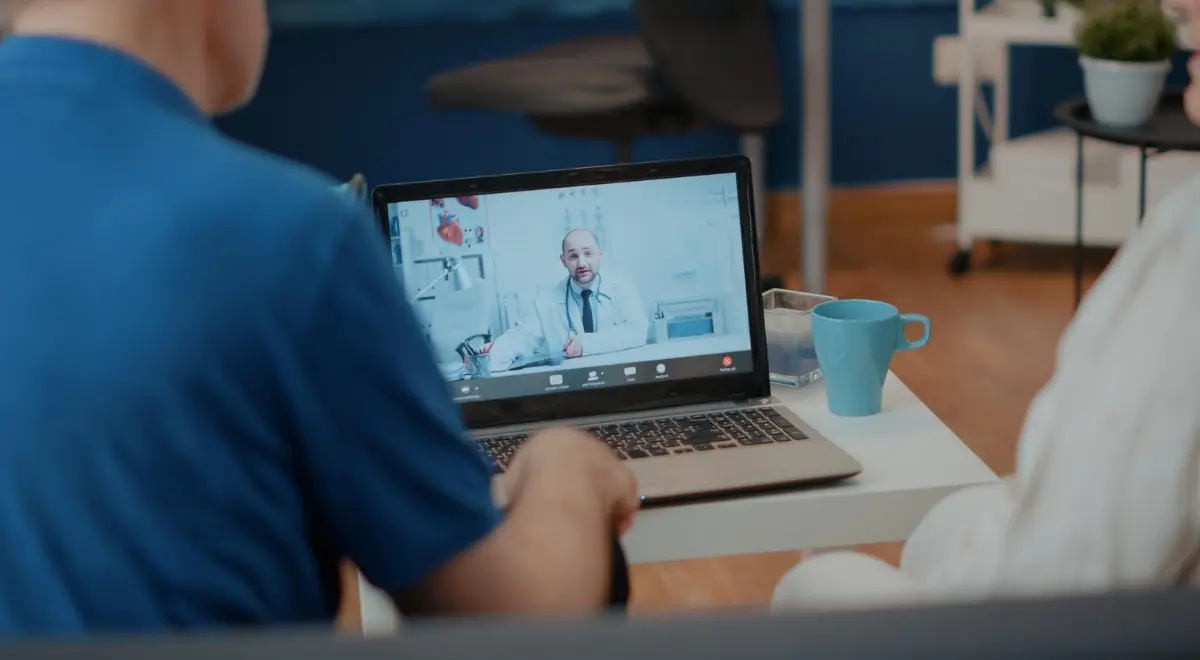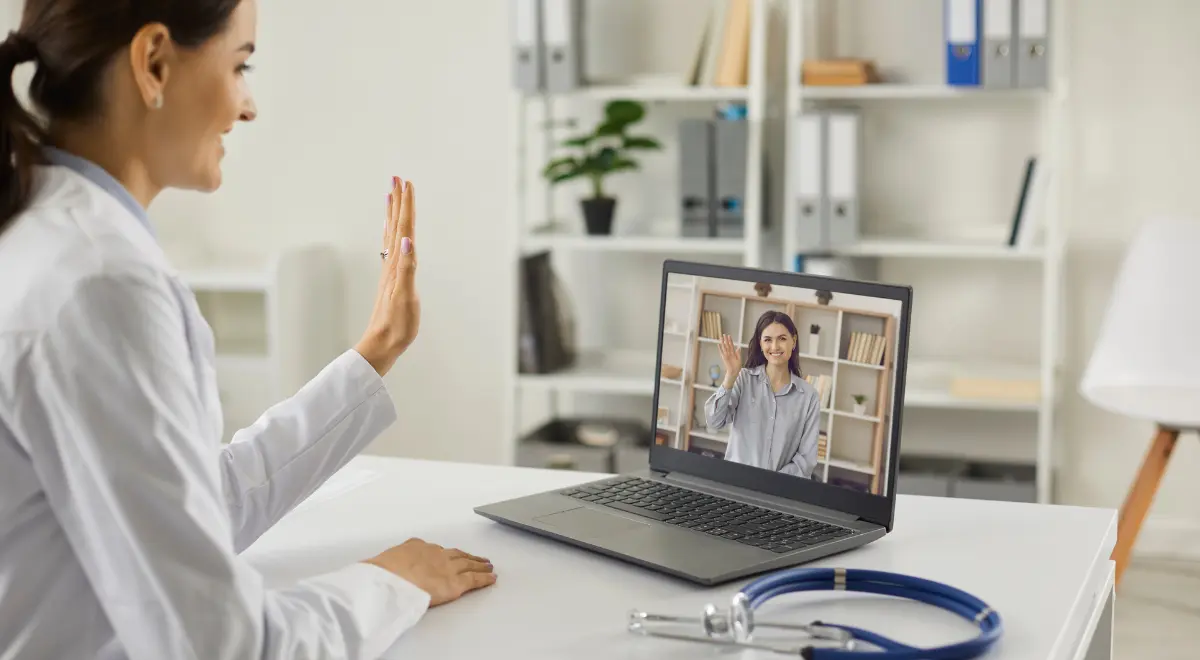Integrating RPM with CCM for Managing Chronic Conditions

RPM and CCM when implemented together results in better management of chronic conditions and higher patient engagement. Chronic Care Management (CCM) is an important part of modern healthcare and involves providing non-face-to-face treatments or remote care to patients suffering from two or more chronic diseases. These care sessions are scheduled virtually, without having the patient visit the physician’s office.
Remote Patient Monitoring (RPM) is a popular technology initiative in healthcare, assisting physicians in monitoring their patients virtually by collecting the transmitted health data via FDA-approved remote monitoring devices.
In this blog post, we will look at the benefits of integrating RPM into CCM and how it can improve patient outcomes in the long run.
Table of Contents
ToggleIntegrating RPM and CCM Into A Healthcare Model
RPM is an ideal addition to CCM and provides remote monitoring services in real-time to patients with chronic diseases who need to be monitored on a continuous basis. Remote patient monitoring allows patients to collect and record their health data outside of the clinic environment, in the comfort of their home. By analyzing the health records, clinicians ensure early intervention and individualized care to boost patient outcomes and make better care decisions.
To integrate RPM with CCM, a variety of connected devices, patient portals, software dashboards, and mobile apps can be used. But, all this requires a consistent effort from your healthcare team to put everything in place.
After the RPM is implemented, a physician can monitor and access the patient health data continuously and compile or modify the existing CCM strategy. When billing for RPM and CCM together, make sure the time requirements for each service are strictly met.
Benefits Of Using RPM With CCM
RPM enhances the outcomes of CCM programs by providing healthcare professionals with real-time data analytics, thereby allowing them to monitor patients with chronic conditions more frequently. This ensures an early intervention can be made, whenever necessary. Some of its benefits in managing chronic conditions include:
- Frequent Monitoring: Compared to RPM, CCM typically consists of monthly physician sessions with patients to discuss their care regimens and results. To make sure patients receive regular monitoring of their symptoms and vitals, RPM collects data on a daily or weekly basis. This allows physicians to make alterations to the treatment plan accordingly.
- Early Intervention: Regular monitoring allows physicians to detect any unforeseen health changes in a patient at an early stage. This way, an early intervention can be made before the issue worsens and the patient’s prescription can be modified as per the symptoms.
- Personalized Care: RPM enhances CCM service by giving healthcare practitioners a more complete picture of their patients’ health, allowing them to give more tailored care based on individual needs.
- Improved Patient Engagement: With remote patient monitoring, chronically ill patients can take an active role in their healthcare. By gathering and recording real-time health data, they can become more engaged in managing their condition and more likely to adhere to their treatment plan.
- Reduced Healthcare Costs: By combining RPM and CCM, both physicians and healthcare professionals can cut costs by reducing hospitalizations and readmissions, ER visits, and other medical interventions. This plays a significant role in improving patient outcomes, resulting in fewer complications and lower healthcare costs.
- Higher Revenue: As per the CMS, RPM and CCM are complementary services and healthcare practices can bill them both for the same patient each month.
How CCM & RPM Work Together?
By integrating CCM and RPM, healthcare practitioners can significantly address the chronic health conditions in patients with better results. Some of the other ways RPM and CCM work together include:
- Clinical Compatibility: CCM follows an organized framework for treating patients with multiple chronic diseases while RPM improves the end-results by providing real-time data on patient health.
- Financial Collaboration: When used in collaboration, both RPM and CCM have the potential to save on healthcare costs for patients by avoiding unnecessary hospitalizations and emergency visits. CCM and RPM can be combined into one bill for better savings.
- Personalized Care: The patient health data provided by RPM can be used to personalize the CCM treatment plan. Physicians can make adjustments as per the unique symptoms and responses of patients.
- Closing Care Gaps: Daily or weekly data reported from RPM can be shared between healthcare professionals to close the care gaps. With 24/7 access to patient data, healthcare providers can provide services as per patient needs.
Boost Healthcare Outcomes With HealthArc’s RPM & CCM Solutions
As the healthcare industry is shifting towards value-based care, RPM and CCM will continue to remain valuable tools for treating chronic illnesses and improving patient outcomes.
HealthArc provides advanced clinical software and monitoring solutions to practitioners and patients, ensuring regular monitoring, individualized treatment plans, and early intervention. Our digital health platforms and cellular devices are designed to lower healthcare expenditures and maximize reimbursements.
As technology advances, our digital dashboard and FDA-approved devices enable providers to ensure better medical data management and reporting for their patients.
Book a demo today to find out how our RPM and CCM systems work or feel free to talk to our team at +201 885 5571 to learn more about our healthcare software.
Most recent blogs
Categories
- Advanced Primary Care Management
- Behavioral Health Integration
- Cellular Remote Patient Monitoring
- Chronic Care Management
- Chronic Care Management Billing
- Chronic Care Management CPT Codes
- Chronic Care Management Program
- Chronic Care Management Software
- Digital Health Platform
- Principal Care Management
- Principal Care Management CPT Codes
- Remote Care Programs
- Remote Monitoring Devices
- Remote Patient Care
- Remote Patient Monitoring
- Remote Patient Monitoring Billing
- Remote Patient Monitoring CPT Codes
- Remote Patient Monitoring Devices
- Remote Patient Software
- Remote Therapeutic Monitoring
- Remote Therapeutic Monitoring Billing
- Remote Therapeutic Monitoring CPT Codes
- Telemedicine & RPM
- Transitional Care Management
- Transitional Care Management Billing
- Transitional Care Management CPT Codes
Related Posts
- December 5, 2024 | Read Time: 7 mins
How Remote Patient Monitoring Improves Chronic Care Management?
- July 23, 2024 | Read Time: 8 mins
HealthArc Vs. Prevounce: Which One To Choose?
- July 9, 2024 | Read Time: 3 mins






